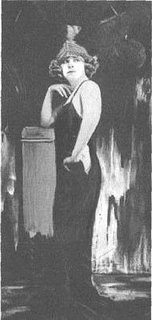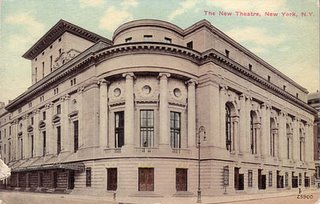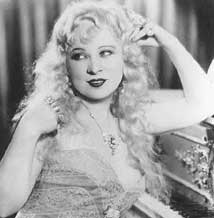- excerpt from Associated Press book review -
'
Early Escapades' compiles work of Eudora Welty
By HILLEL ITALIE, Associated Press
NEW YORK (AP) - Socialites and other Mississippians were likely struck by a feature story that appeared in the Jackson Daily News in 1930.
Flowers Talk in Languages of All Races, written by a young Jacksonite named Eudora Welty, presents a veritable bouquet of floral etiquette and more than a whiff of sarcasm.
• • "A Carolina rose means 'Love Is Dangerous,'" the writer advises, "while a Christmas rose means 'Tranquilize Thy Anxiety' and a Damask rose means 'Brilliant Complexion.' A single rose says 'Simplicity.'
"And a Maiden Blush rose means 'If you love me, you will find it out.'"
• • Welty had always been known for her sense of humour.
• • A new book,
Early Escapades, is a compilation of articles, poems, vignettes and cartoons from the author who later became famous for such fiction as
Powerhouse,
Why I Live at the P.O., and
Delta Wedding. It was released by the University Press of Mississippi and edited by Patti Carr Black, who befriended Welty in the 1950s and remained close until the author's death in 2001.
• • "An evening with her was like being at
vaudeville. She was great at one-liners and quick responses. She had such clarity and wit you were always taken aback," says Black, who has worked on several books about Mississippi history and literature.
• • For
Early Escapades, Black gathered material that had never been assembled in book form, including family documents, college and highschool writings and newspaper clippings. She says the book is meant to display the roots of what readers came to know well later on: "her comic energy, her creative mind and her sense of the ironic and absurd."
• • A writer's juvenilia can look as embarrassing as a yearbook picture, but youthful spark and irreverence sustain
Early Escapades. Even the cover photo makes it on sheer nerve: a young Welty camps it up for the camera, a tattered hairpiece pulled around her head, a fat moustache affixed to her mouth.
• • Born in Jackson, Miss., in 1909, Welty profited early on from her writing gifts; she was 12 when she received $25 for winning the Jackie Mackie Jingles Contest, sponsored by the Mackie Pine Oil Company of Covington, LA. At 14, she published verse in
St. Nicholas, a children's magazine that has also featured early work by Rachel Carson, Ring Lardner, and other famous writers. She was a compulsive reader and learner -- and compulsively funny about it. ...
• • Her illustrations are equally distinctive.
• • A sketch of Hitler leaves his face blank except for the famous toothbrush moustache.
• • William Faulkner, her fellow Mississipian, looks wild-haired and black-eyed, as if he had just been electrocuted.
• •
Mae West is drawn in a swirl of hair, cleavage, and false eyelashes. ...
- excerpt from Associated Press book review -
Mae West died on 22 November 1980.
Source:http://maewest.blogspot.com/atom.xml
Mae West









